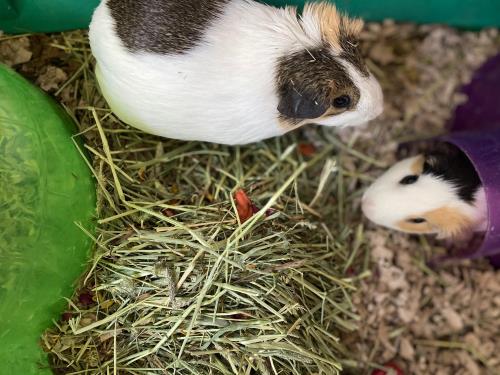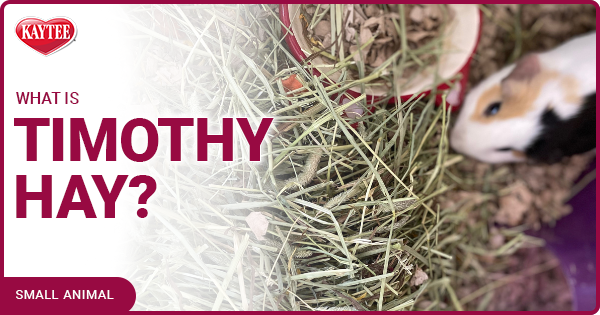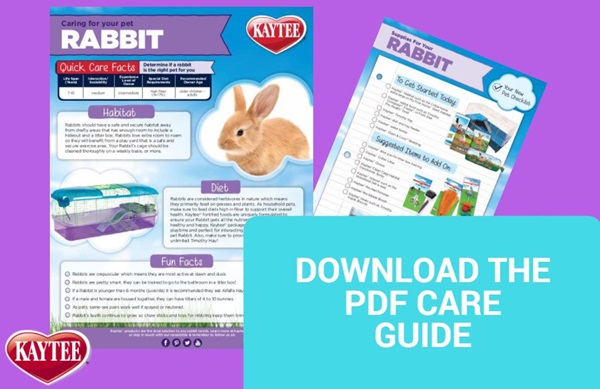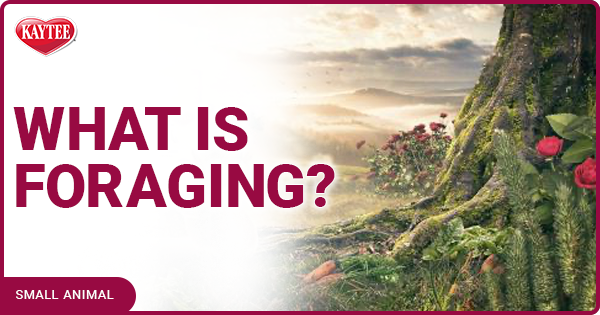What is Timothy Hay?
You want the best for your pet, including a well-balanced diet. Are you offering your guinea pig, rabbit, or chinchilla unlimited amounts of fresh timothy hay each day? You should! Let's learn about this dietary staple for several small animal species, how it benefits pets, how much they should eat, and why it's different than other types of hay.
What is Timothy Hay?
You might be surprised to learn that timothy hay is a dried perennial grass. Its technical name in the plant world is Phleum pratense L. and you'll find it growing an impressive 2 to 3 1/2 feet tall in meadows and on mountain sides starting in the early spring. This renewable plant resource feeds several types of animals, from livestock, deer, and horses, to our small animal companions including guinea pigs, rabbits, and chinchillas. Timothy hay is highly palatable, nutritious, and eagerly munched on by our pets.
How Does Timothy Hay Benefit Your Pet?
You'll notice your pet dive right into a fresh pile of timothy hay, and for good reason. Did you know the teeth of a guinea pig, rabbit, or chinchilla grow like our fingernails and require regular trimming? Pets love to nibble on the dried grass to keep their continually growing teeth naturally filed down to a healthy length. Timothy hay is also abundant with digestive system-loving fiber, which helps small animals maintain regular, firm bowel movements. Bottom line: Hay helps maintain small animal dental and digestive health.

How Much Timothy Hay Does My Pet Need?
You should offer your pet a continual supply of timothy hay daily, alongside their food pellets, fresh water, and occasional produce treats to maximize your pet's nutritional health. Consider Kaytee Wafer Cut Timothy Hay. It's packaged in layers to make it easy to remove one 'slice' at a time to feed your pet with less mess. Plus, we offer timothy hay in several flavors, including Carrot, Cranberry, Mango, Marigold, Rose & Thyme, Spearmint, and Wild Meadow so you can feed your pet a new delicious flavor each day.
How Does Timothy Hay Differ From Other Hays?
Timothy hay is lower in protein, and calcium and higher in fiber than some other types of dried grasses, making it a good complement to small animal systems.
You know you're getting a top-quality timothy hay if it has a sweet grassy aroma, is pliable and is green in color. If the hay has a musty or moldy odor -- it's spoiled. Don't feed it to your pet, or he could get sick.
We offer several varieties of naturally grown timothy hay to tempt your small pet each day. If you are not sure which type of hay would be best for your pet, check out our guide to timothy hay, alfalfa hay, and orchard grass for small animals.
Happy feeding!
Sources:
Utah State University Extension, Range Plants of Utah.
United States Department of Agriculture (USDA), Plant Fact Sheet.
University of Florida Small Animal Hospital College of Veterinary Medicine, How to care
for your pet rabbit.
Veterinary Medical Associates, Special Care for Rabbits, Guinea Pigs & Chinchilla Pets


